
Правила Кодексы / МАРПОЛ / Trafi
.pdf
Air Emission regulations and its effects to the maritime industry –What’s going on now?
Dr. Anita Mäkinen
Head of Marin Environment Protection Unit
Finnish Transport Safety Agency

Content
1.Enviromental Regulations for Shipping and The Baltic Sea
2.IMO: Revised Marpol
Annex VI and measures to full requirements
• SOx emissions
• NOx emissions
3. EU: Sulphur Directive
4. IMO: Means to reduce GHGs
•Mandatory means
•Voluntary means
•Economic Incentives
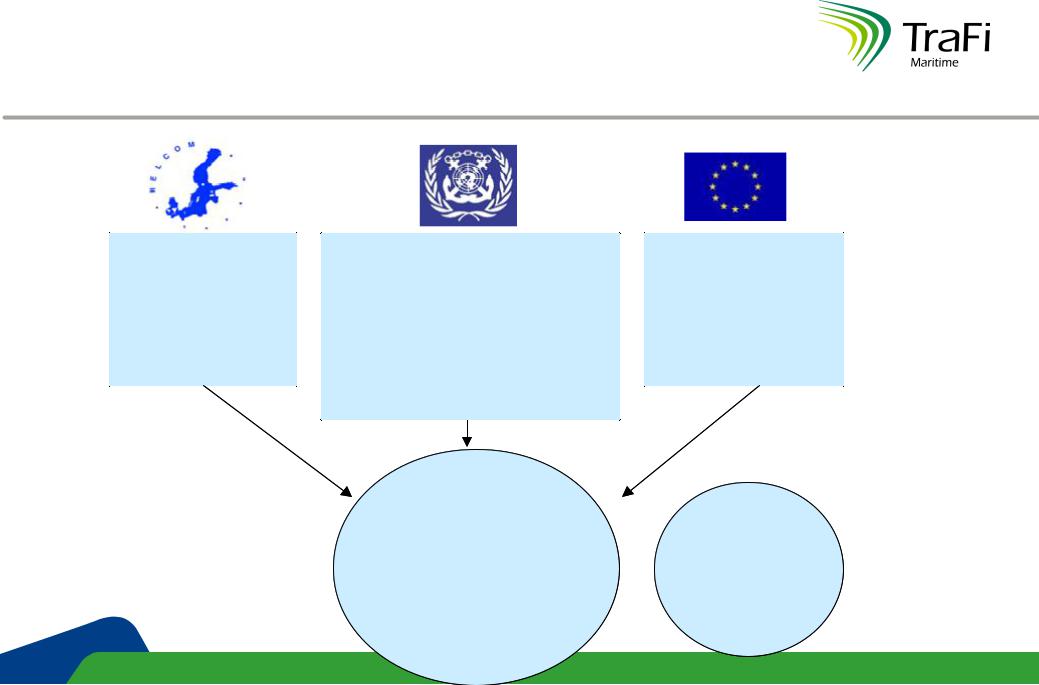
Environmental Regulations for Shipping
Helsinki Convention,
1974/1992
HELCOM Recommendations
IMO
UN Law of the Seas,
UNCLOS
MARPOL 73/78 Convention AFS Convention
BWM Convention etc.
National
Legislation
EU Directives e.g.2005/33/ EC ”Sulphur directive”
EU
Regulations:
Strategy for
the BalticSea
Region

Baltic Sea Sensitivity recognized by international shipping society at IMO
•The Baltic Sea has a Special area status under Annexes
I (oil discharges), IV (sewage, in the pipeline), V(garbage) and VI (air pollution) to the MARPOL Convention.
•The whole Baltic Sea except for the Russian territorial waters is designated as a Particularly Sensitive Sea Area (PSSA) (2005).
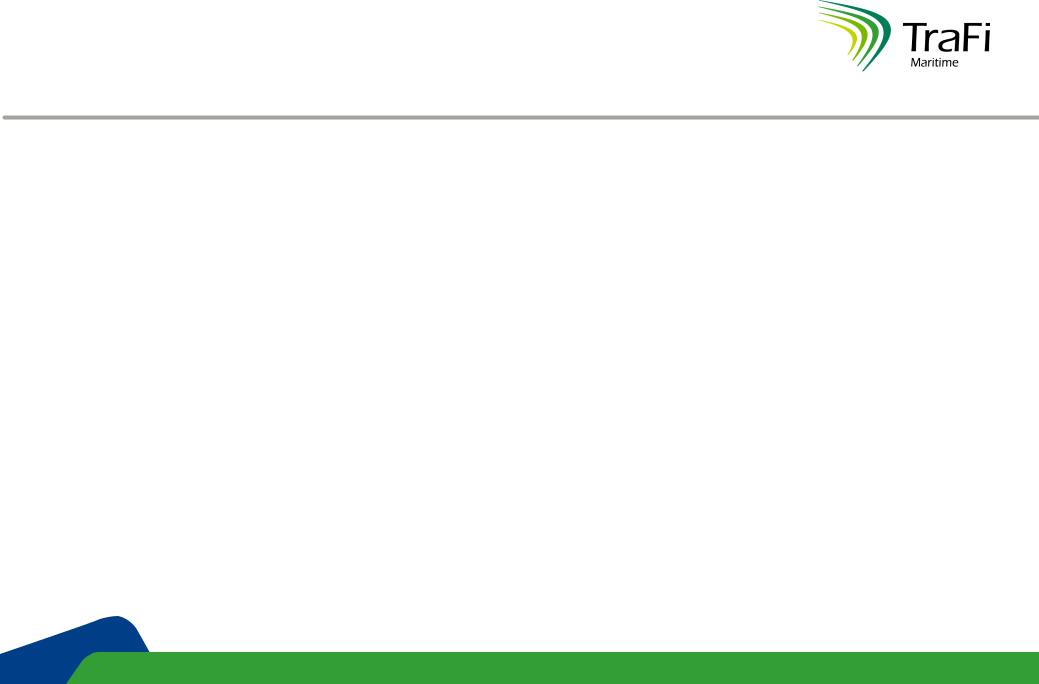
New MARPOL Annex VI
•The revised (2008) Annex VI entered into force on 1 July 2010, under the tacit acceptance procedure.
•Annex VI, regulation 14, SOx and PM
•General requirements
•The sulphur content of any fuel oil used onboard ships shall not exceed the following limits:
•4.5% m/m prior to 1 January 2012;
•3.5% m/m on and after 1 January 2012; and
•0.5% m/m on and after 1 January 2020.
Review provision
•A review of the final 0.5% regulation shall be completed by 2018 to determine the availability of fuel oil to comply with this standard.
•If a decision is taken by the Parties that it is not possible for ships to comply, then the 0.5% standard shall become effective on 1 January 2025.
04/02/2011 |
5 |
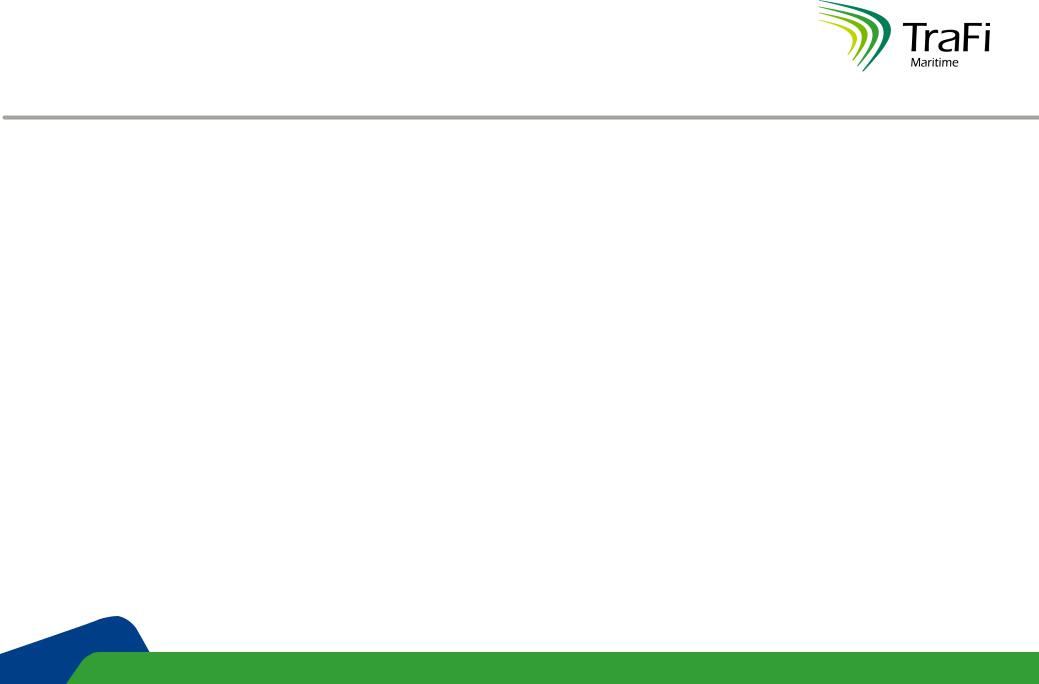
New MARPOL Annex VI
• Annex VI, regulation 14, SOx and PM
Requirements within Emission Control Areas (SECA)
•While ships are operating within Emission Control Areas, the sulphur content of fuel oil used onboard ships shall not exceed the following limits:
•1.5% m/m prior to 1 July 2010;
•1.0% m/m on and after 1 July 2010; and
•0.1% m/m on and after 1 January 2015.
Emission Control Areas are:
•The Baltic Sea area (SOx, adopted: 1997 / entered into force: 2005)
•The North Sea (SOx, 2005/2006)
•The North American area (NOx & SOx, 2010/2012)
•The United States Caribbean sea area (NOx and SOx, approved in principle by MEPC 61)
04/02/2011 |
6 |
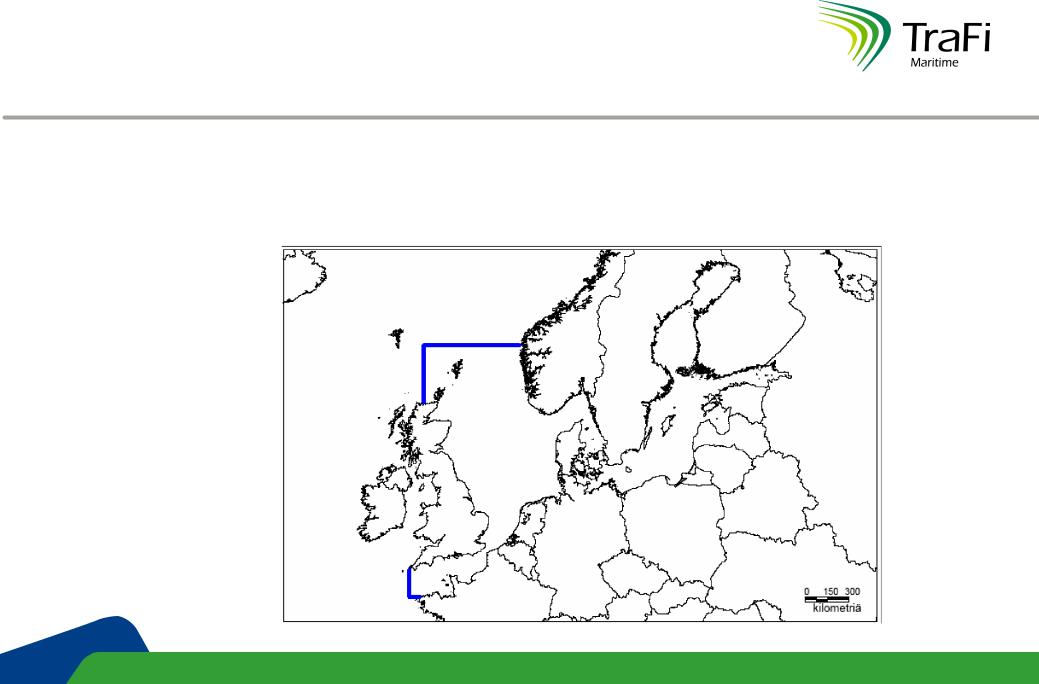
The Baltic Sea and North Sea Emission Control Areas for SOx
•The Baltic Sea
•North Sea (latitude 62o north and longitude 4o west) and the English Channel
04/02/2011 |
7 |
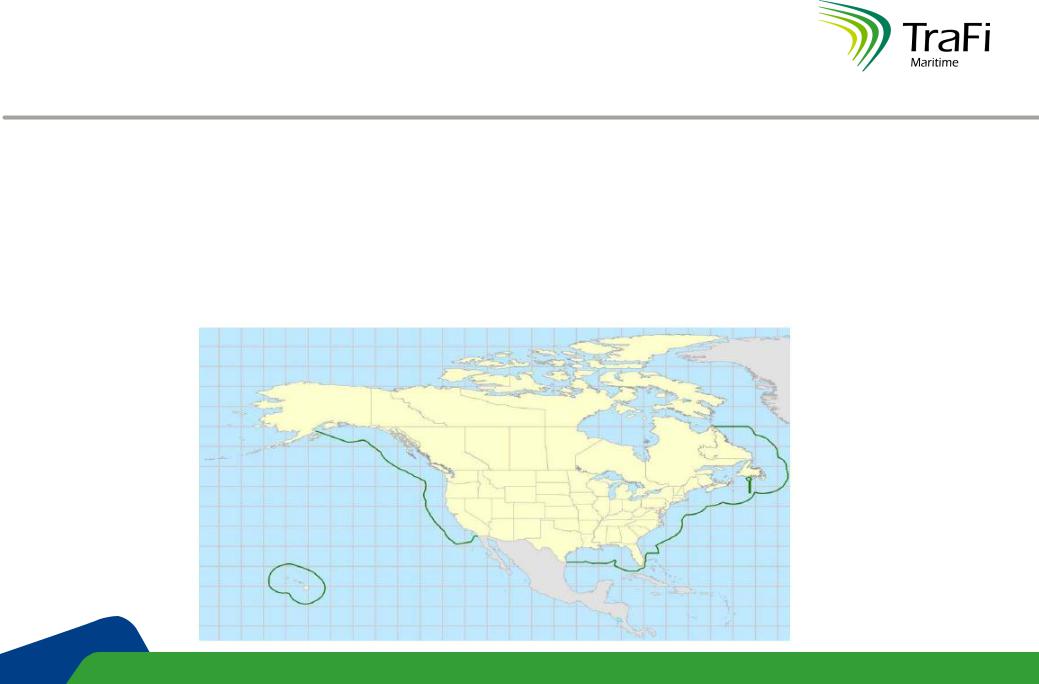
The North American ECA
•The North American Emission Control applies generally approximately 200 nm from the Atlantic, Gulf and Pacific coasts and some Hawaiian islands.
•Ship compliance will be in accordance with MARPOL Annex VI Reg. 14.7 for ECA-SOx aspects from August 1, 2012.
04/02/2011 |
8 |
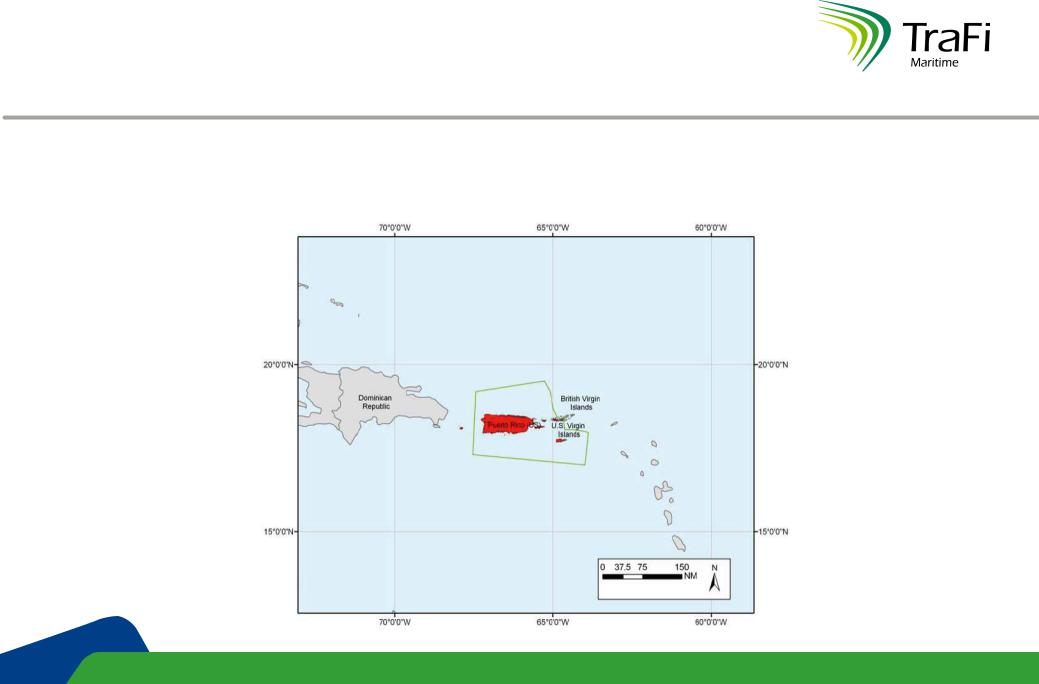
The United States Caribbean Sea area
•The United States Caribbean Sea area was approved in principle as an Emission Control Area by MEPC 61.
04/02/2011 |
9 |
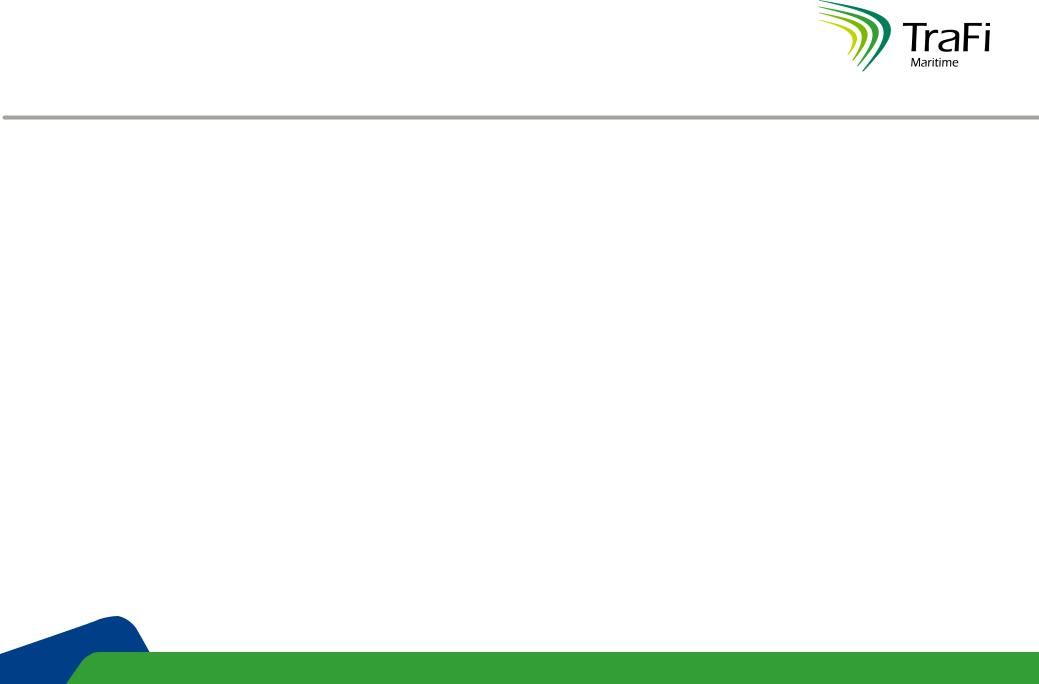
New SECAareas to be established in Europe?
•EC is considering if new SECAareas should be established in the Mediterranean Sea and the Black Sea areas?
•-> Official Statement (Communique) by EC in 2011.
•European Parliament 21 October 2010:
•All European coastal areas should be protected according to MARPOL Annex VI, in a similar way as The English Chanel, The North Sea the Baltic Sea.
•If the new IMO regulations are applied in restricted areas only, this could cause distort compitition among different areas in Europe.
•The best solution could be to have similar regulations in the whole Europe.
•All should be done to avoid modal shift from shipping to road or railroad traffic.
